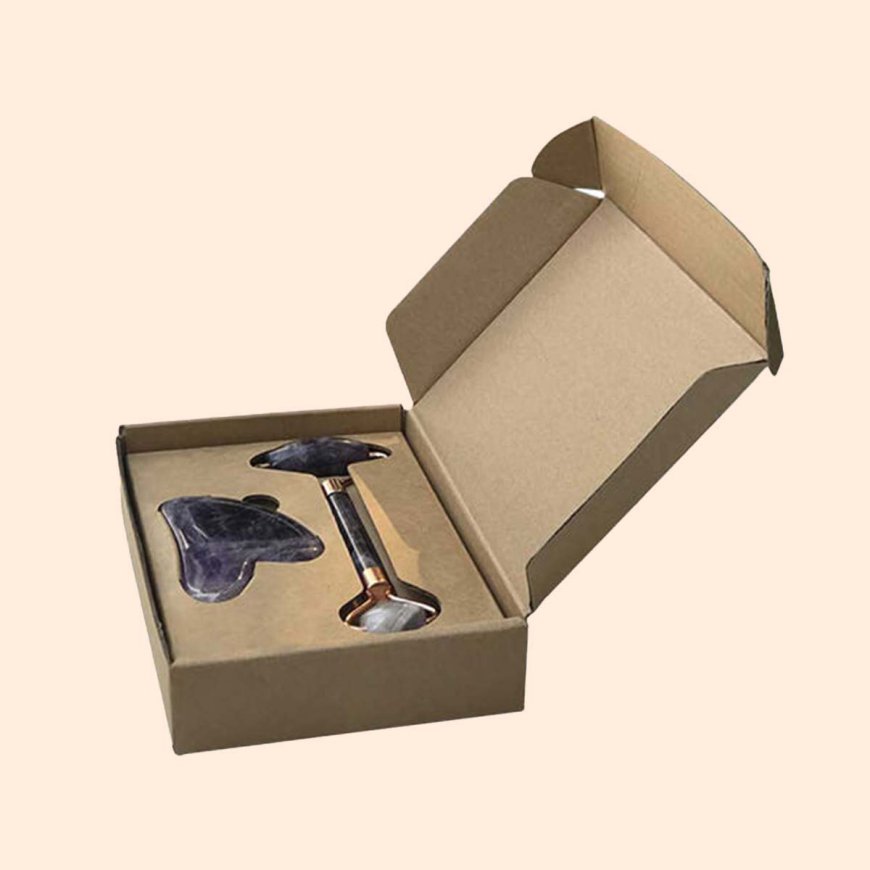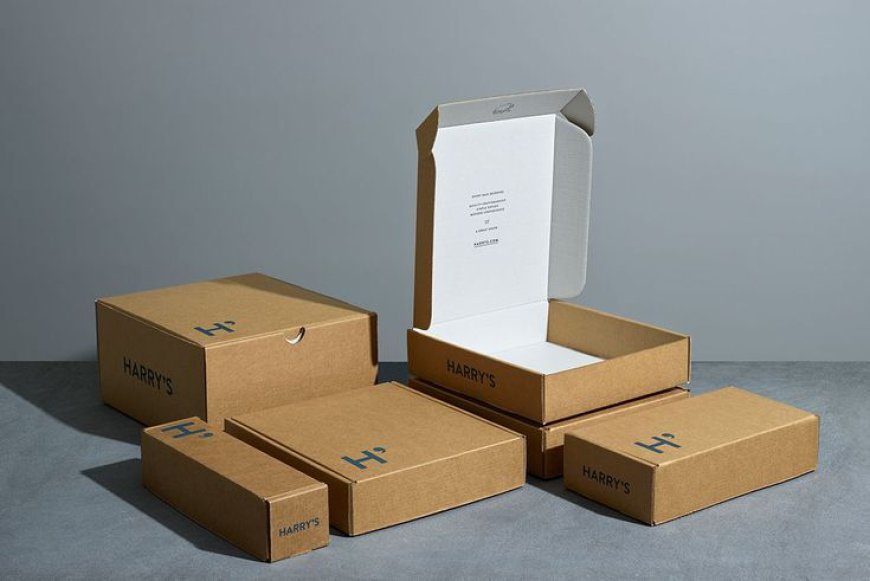The Evolution of Cardboard Boxes: From Storage to Branding
Learn about key innovations, the impact of e-commerce, and the future of cardboard packaging in this in-depth exploration.
Cardboard boxes have become a ubiquitous part of our daily lives, serving multiple purposes across various industries. From their humble beginnings as simple storage solutions to their current role as powerful branding tools, the evolution of cardboard boxes is a testament to the ingenuity and adaptability of human innovation. This article explores the journey of cardboard boxes, highlighting how they have transformed from mere containers to key elements in marketing and brand identity.
The Origins of Cardboard Boxes
Early Uses and Development
Cardboard, as a material, can trace its roots back to the 17th century. Initially, it was used for bookbinding and creating sturdy storage containers. The first recorded use of cardboard for packaging dates back to 1817, when Sir Malcolm Thornhill produced the first single-sheet cardboard box. These early cardboard boxes were primarily used for packaging delicate items like glassware, protecting them during transportation.
Industrial Revolution and Mass Production
The Industrial Revolution in the 19th century marked a significant turning point in the history of cardboard boxes. The advent of mass production techniques allowed for the widespread use of cardboard as a packaging material. With the introduction of the corrugated cardboard box in 1871 by Albert Jones, the material became even more versatile and durable. Corrugated cardboard, with its fluted inner layer, provided added strength, making it ideal for shipping and storage.
Cardboard Boxes as Storage Solutions
The Rise of Cardboard in the Retail Industry
As the retail industry expanded, so did the need for effective storage solutions. Cardboard boxes became the go-to choice for retailers due to their lightweight nature and cost-effectiveness. They could be easily manufactured in various sizes, making them suitable for storing a wide range of products. This flexibility allowed retailers to optimize their storage spaces and improve inventory management.
Innovations in Design for Better Storage
Over time, the design of cardboard boxes evolved to meet the changing needs of the industry. Boxes with interlocking flaps, reinforced corners, and specialized compartments were developed to provide better protection for goods. These innovations not only enhanced the functionality of cardboard boxes but also made them more user-friendly, further solidifying their position as essential storage tools.
Transitioning from Storage to Branding
The Emergence of Branded Packaging
The late 20th century saw a shift in how businesses viewed packaging. Cardboard boxes were no longer just containers; they became an extension of a company's brand. With the rise of consumer culture, businesses began to recognize the importance of packaging in influencing purchasing decisions. Branded packaging became a powerful tool for differentiating products in a crowded marketplace.
Customization and Personalization in Packaging
As competition intensified, companies started investing in customized cardboard boxes to enhance their brand identity. These boxes featured company logos, taglines, and unique designs that resonated with their target audience. Personalization in packaging also emerged, allowing businesses to create a more intimate connection with their customers. This trend not only boosted brand loyalty but also turned cardboard boxes into a marketing asset.
The Evolution of Cardboard Boxes: From Storage to Branding
Sustainability and Eco-Friendly Packaging
In recent years, the demand for sustainable packaging has driven further innovation in the cardboard box industry. Consumers are increasingly concerned about the environmental impact of packaging materials, leading companies to adopt eco-friendly practices. Recyclable and biodegradable cardboard boxes have become popular choices, aligning with the growing emphasis on sustainability. This shift not only helps businesses meet consumer expectations but also reinforces their commitment to environmental responsibility.
The Role of E-Commerce in Shaping Cardboard Packaging
The rise of e-commerce has also played a pivotal role in the evolution of cardboard boxes. With the increasing volume of online shopping, the need for durable and efficient packaging solutions has grown exponentially. Cardboard boxes have become the standard for shipping products directly to consumers, ensuring that items arrive safely and intact. The e-commerce boom has also spurred innovation in box design, with companies experimenting with different shapes and sizes to optimize shipping costs and reduce waste.
The Future of Cardboard Boxes in Branding
Integration of Technology in Packaging
As technology continues to advance, cardboard boxes are expected to undergo further transformations. The integration of smart packaging technologies, such as QR codes and augmented reality (AR), offers new opportunities for brands to engage with consumers. These technologies can provide additional information about the product, offer interactive experiences, or even track the journey of the package from the warehouse to the customer's doorstep.
The Continued Importance of Aesthetics in Packaging
Despite the advancements in technology, the aesthetic appeal of cardboard boxes will remain a crucial factor in branding. The visual impact of packaging plays a significant role in shaping consumer perceptions and influencing purchasing decisions. As such, businesses will continue to invest in creative and eye-catching designs that reflect their brand values and resonate with their target audience.
Conclusion
The evolution of cardboard boxes from simple storage containers to powerful branding tools highlights the dynamic nature of this versatile material. Over the years, cardboard boxes have adapted to meet the changing needs of businesses and consumers, evolving into an essential component of modern packaging strategies. As the industry continues to innovate, cardboard boxes will undoubtedly remain at the forefront of packaging solutions, offering endless possibilities for storage, branding, and beyond.

 williamevans
williamevans 
